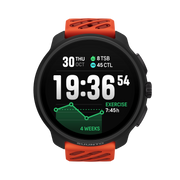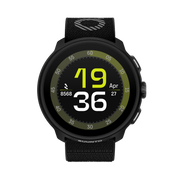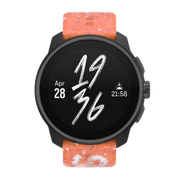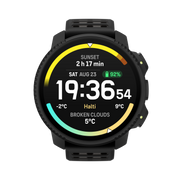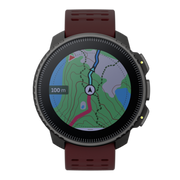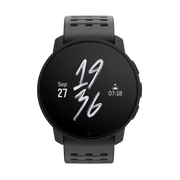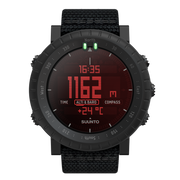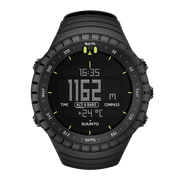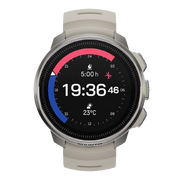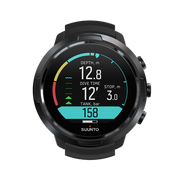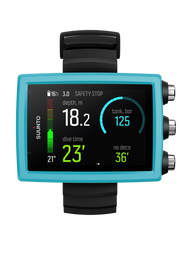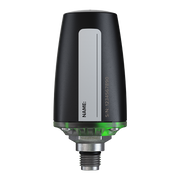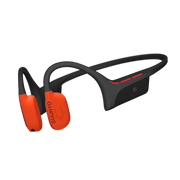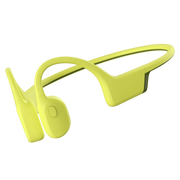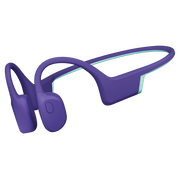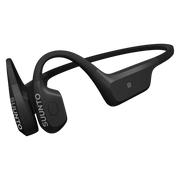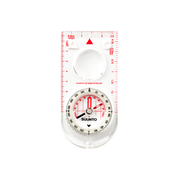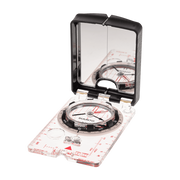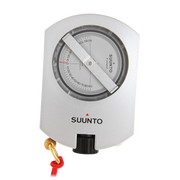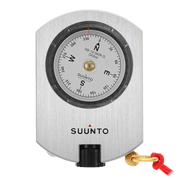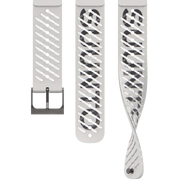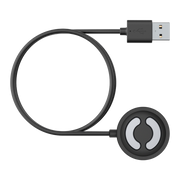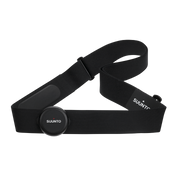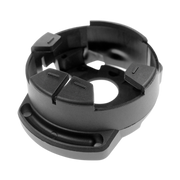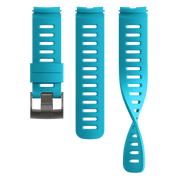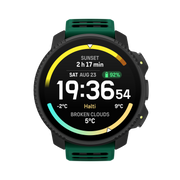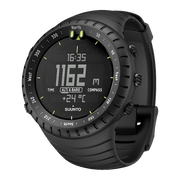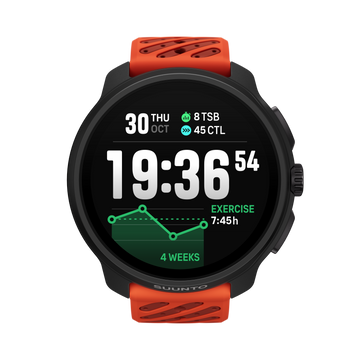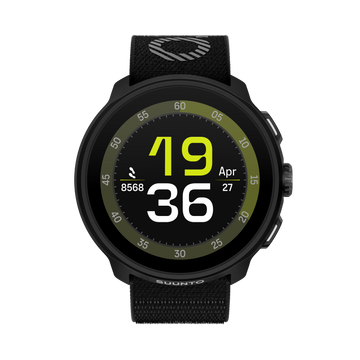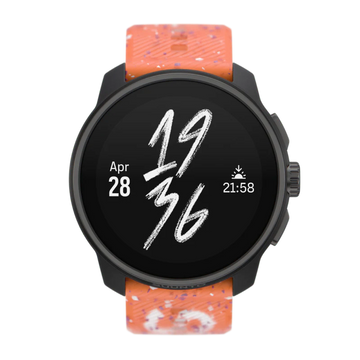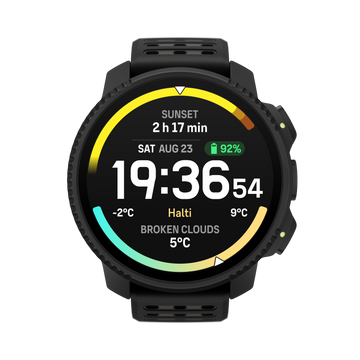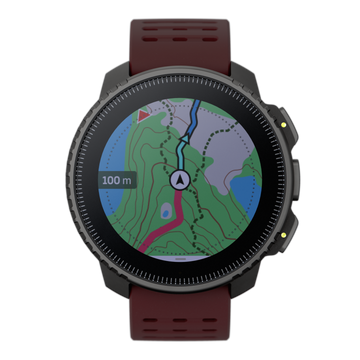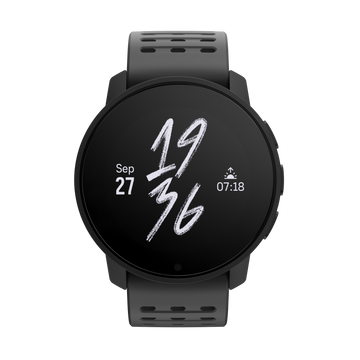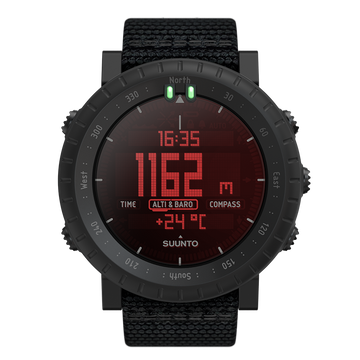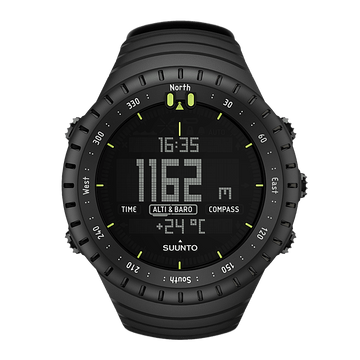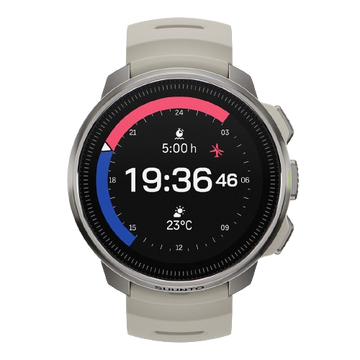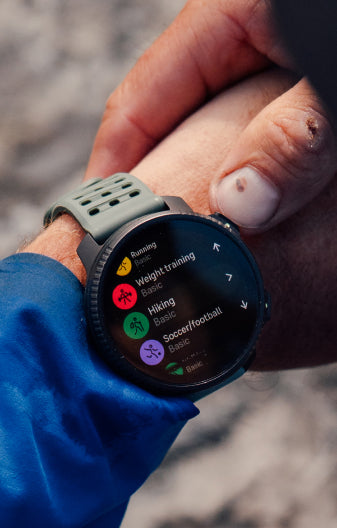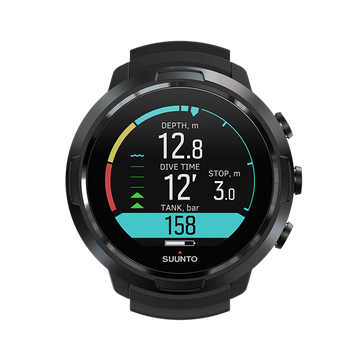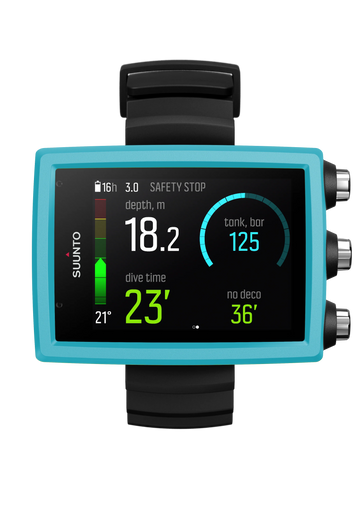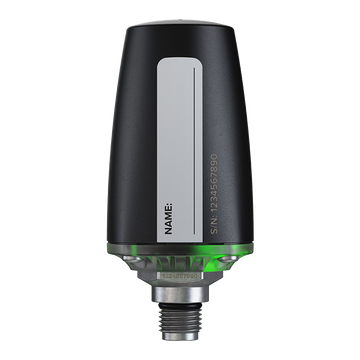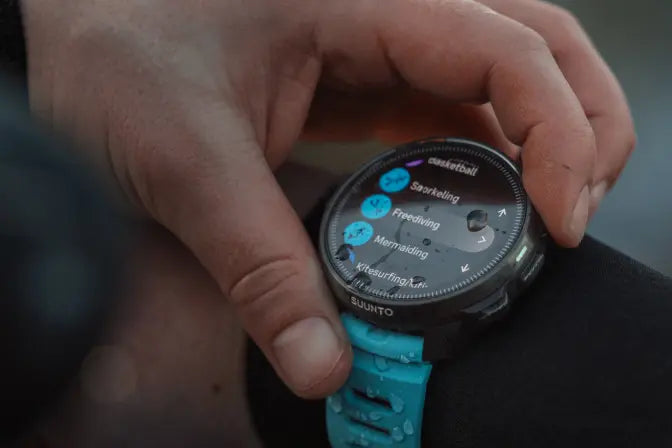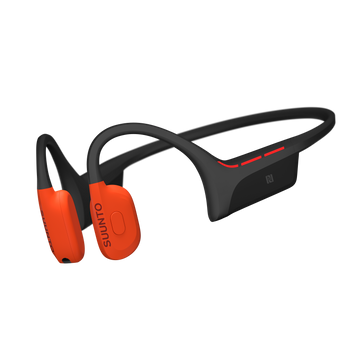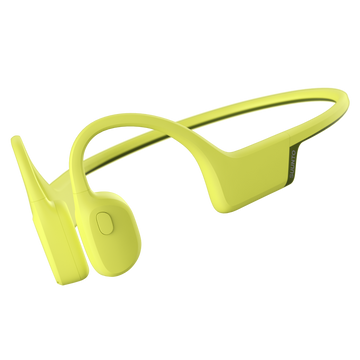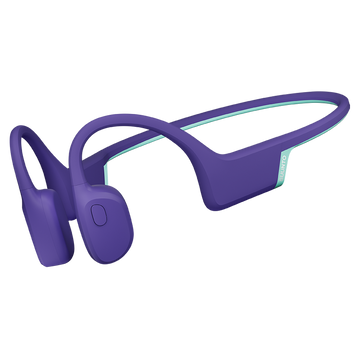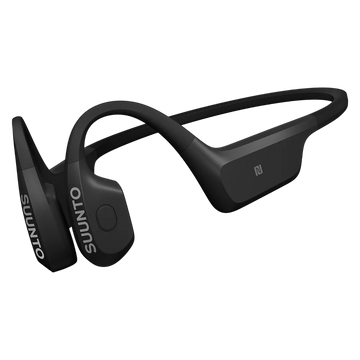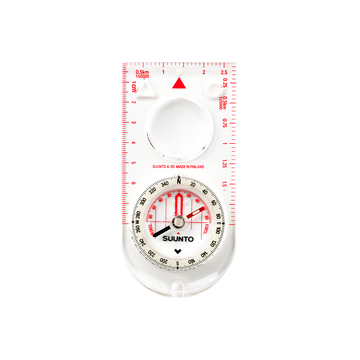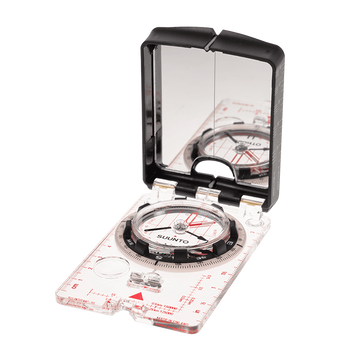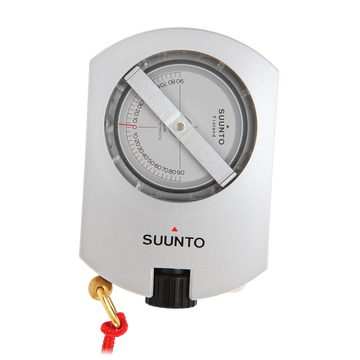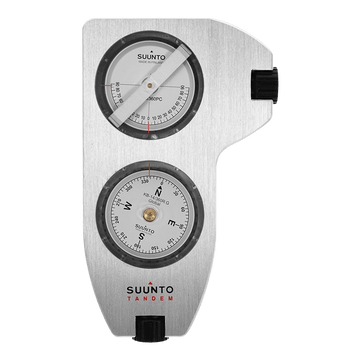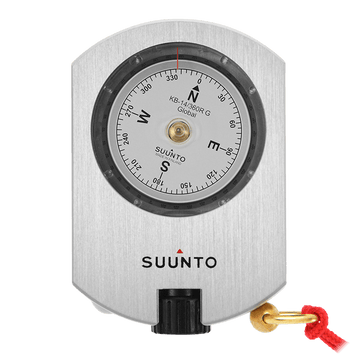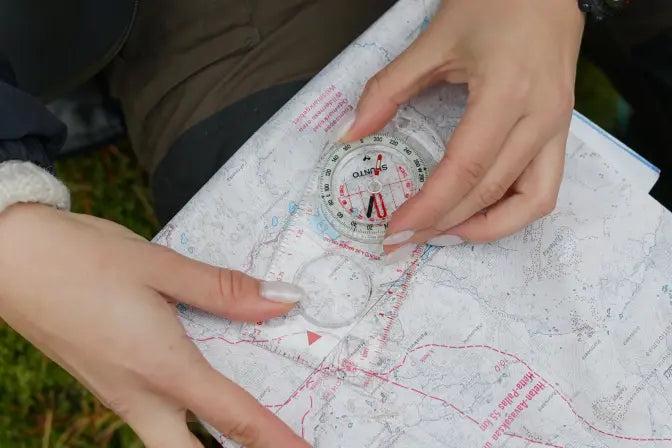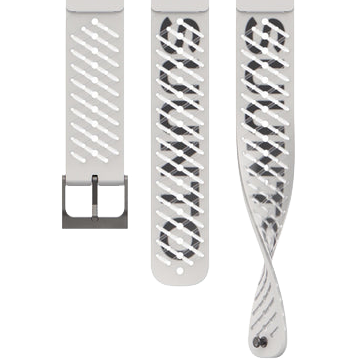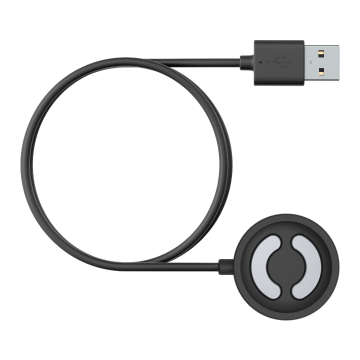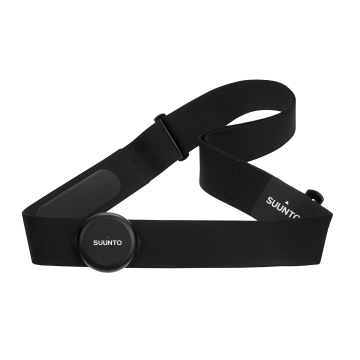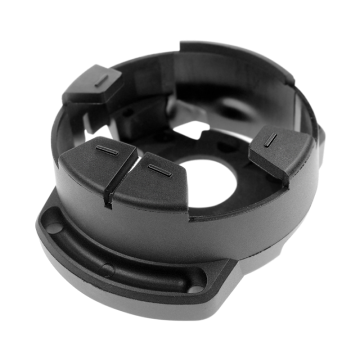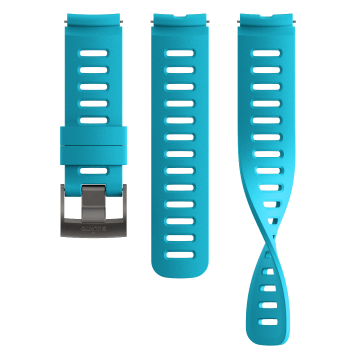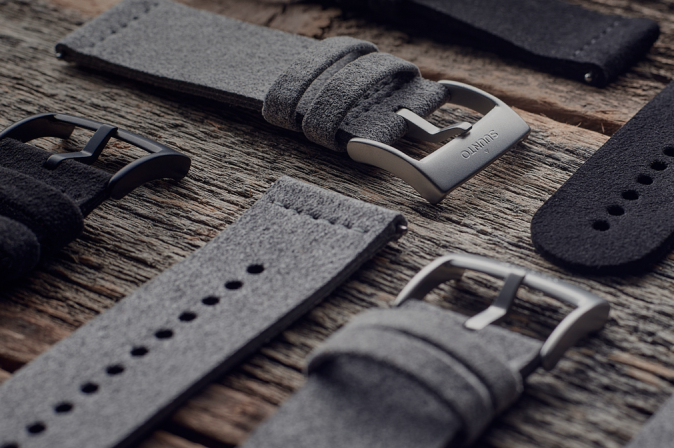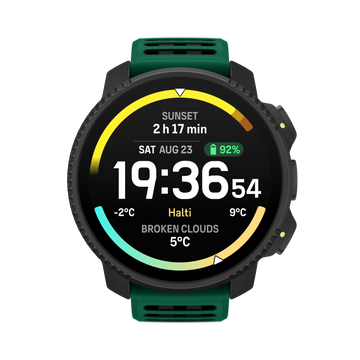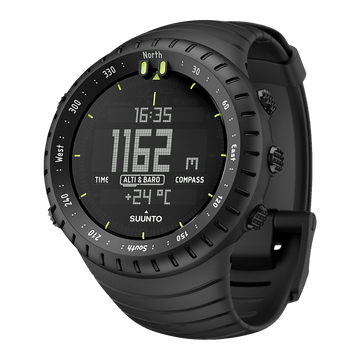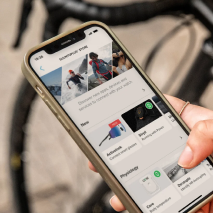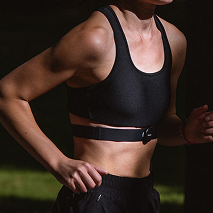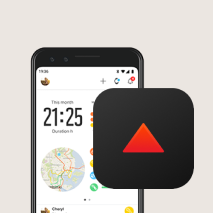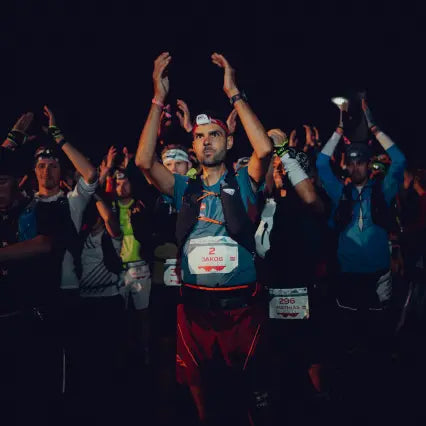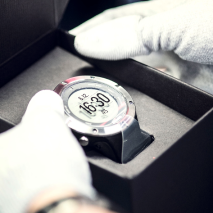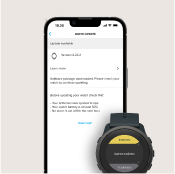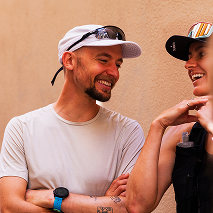

Suunto Blog

Let's celebrate Suunto and BOKAMI partnership!
We are happy to announce our cooperation with the Boky Západných Tatier organized in Slovakia on March 14-16, of which Suunto is the main partner!
Celebrate this great partnership with us and take advantage of an exclusive 20% promo code on select Suunto products by entering the following in your shopping cart: SUUNTOxBOKAMI.
More details below.
Learn more about the BOKAMI event: Bokami Západných Tatier is a three-day team race held under the auspices of the Slovak Mountaineering Association JAMES. The race follows a long tradition of ski mountaineering races in the Western Tatras that dates back to the early 1990s. It is the only multi-day and at the same time the most demanding ski race in Central Europe, which has gained a reputation in the wider European context.
"BOKAMI" in numbers: 3 days - 3 stages - 3 valleys = 60 km / about 6600 m of elevation gain.
Promotion details:This promotion is active from 14 - 28.03.2024 on Suunto Vertical and Suunto Race products. The promo code is active for the first 1000 users. One user can buy a maximum of 3 products. The promo code can be combined with other discount already displayed at apac.suunto.com. Not cumulative with any other promo code. The promotion cannot be applied to refurbished products and customized products.

Test your fitness with Suunto
These five SuuntoPlus sports apps will help you find the right intensity zones for your training and track your progress.
The key variables in endurance training are duration, frequency and intensity. Duration and frequency – how much and how often you train – are easy to understand and track, but intensity needs a bit more knowledge. You need to know more about your fitness, training zones and training load.
The most typical way to look at this is to define your training zones based on your anaerobic threshold – the level of exercise intensity at which lactic acid builds up in the body faster than it can be cleared away. When you know your training zones, you can then adjust the intensity of your workouts from long endurance sessions to short, intense efforts. Correct zones are also key for reliably understanding your long-term training load. (Learn more about intensity zones here.)
In addition to defining your intensity zones, some of the SuuntoPlus sports apps are great for following your progress. Read on to learn more about five new favorites!
Threshold test for runners
SuuntoPlus Threshold test helps you estimate your anaerobic threshold pace and heart rate. Based on the results you can then adjust your training zones in your Suunto. Repeating the test a few times during the season will help you evaluate your progress.
This test is quite demanding as it will require a 30-minute, all out effort. For best results, run on a smooth surface and flat terrain. A running track would be ideal.
Once you select the Threshold test sports app in your watch, the test will start with a 10 minute warmup. At the end of the warm-up, notifications will inform you to get prepared to start the test.
The test itself will last for 30 minutes. The goal is to run as fast as possible at a steady pace. The last 20 minutes of the test will be used to evaluate your anaerobic threshold pace and heart rate. You can then use these to set your zone 4/5 limit in your Suunto watch. The results are also saved in the workout in Suunto app.
FTP test for cyclists
Functional threshold power (FTP) test is designed to give riders an understanding of the highest average power they can maintain for one hour.
By repeating the test regularly, the rider can follow the progress of their performance. The power for an hour is close to the anaerobic threshold and can be used to define the training zones for cycling. Set the upper limit of your power zone 4 at the level which was given as the result of the FTP test. The test protocol lasts for 20 minutes with the possibility to add additional warmups.
Once you have selected the FTP test sports app in your watch, the test will start with the workout start. The first 15 minutes is a warmup. At the end of this, notifications will inform you to get prepared to start the test.
The test will last for 20 minutes. During this period ride as hard as you can with constant power. You can see the time left and the power values on your watch.
After 20 minutes you will get an estimation of your functional threshold power. Set this as your zone 4/5 limit in cycling power zones in your Suunto watch’s intensity zone settings.
Cooper test
The classic Cooper test was created by Kenneth Cooper in 1968. The goal of the test is to run as far as you possibly can in 12 minutes. This test is useful in testing your VO2max pace and finding out if you are making progress in your training.
Once you have selected the Cooper test sports app in your watch, the test will start with the workout start. The workout starts with a 10-minute warm-up. At the end of the warm-up, notifications will inform you to get prepared to start the test.
During the 12-minute Cooper test, you will see your current pace, distance and the remaining test duration. After the test you will see your Cooper test distance and an estimation of your VO2Max. The app will also estimate your 10 km and half marathon race results.
The results are saved as part of the activity, so you will see them also in Suunto app.
Test for aerobic efficiency
This functionality really isn’t a test in the same sense as the three tests mentioned above, but still provides valuable feedback on your aerobic fitness – and the changes in it. The Decouple SuuntoPlus sports app looks at your heart rate during a long ride or run and compares that with your pace and power.
The intensity of easy, long runs and rides is often measured with heart rate together with pace (in running) and power (in cycling and running). However, as the workout gets longer, the heart rate can start to drift upwards even though the pace (or power) remains the same. The heart rate and pace (or power) are not coupled together anymore. This is called decoupling. Extensive decoupling is a sign of poor aerobic fitness.
As your aerobic fitness gets better, your heart rate will stay coupled with your pace (or power) during long, steady workouts. In workout analysis this decoupling effect is looked at by comparing the first half to the second half of the workout.
SuuntoPlus Decouple sports app does this evaluation in realtime: After a 10-minute warmup and a 10-minute baseline evaluation you will start to see your live decoupling value on the screen. This value compares your current heart rate to pace/power ratio with the original baseline ratio.
The SuuntoPlus Decouple sports app shows the change as a percentage from the baseline and indicates if you start to witness bigger decoupling effect. If the decoupling is less than 5 % you have good aerobic fitness.
Note: Decoupling effect can also happen in hot environments as your heart needs to bump blood faster to increase cooling.
20-meter bleep test
The 20-meter bleep test – or Beep test, Shuttle run test or Multi-stage fitness test – is a very well-known and popular fitness test especially in team sports. With the Bleep test sport app on your Suunto you can run the tests protocol and see what is your current fitness. The test is fairly simple: mark two lines 20 meters apart and run back and forth between these two. A beep indicates the pace for the intervals. As the test progresses, the time between beeps gets shorter; and you will need to run faster.
The Bleep test starts with a 5 min warmup. During the test, you’ll walk/run/sprint the 20 meters from one line to the other. The watch will give you an alarm every time you need to sprint to the other line. The pace ramps up level by level: The first level is 9 seconds between turns for 7 turns, then 8 seconds between 8 turns, then 7,5 seconds between 8 turns – and so on.
When you are no longer able to reach the 20-meter turn, press the lap button. This will stop the test and you will get your result. The result is shown as a level achieved and an estimate of your Vo2max.
SuuntoPlus sports apps are new, sport-specific features that you can use on your Suunto watch. You can browse through all of the sports apps in SuuntoPlus Store in Suunto app. Once you find what you want to use in your watch, select “Add to watch”. And then, when you want to use that specific feature during exercise, select it in the watch before starting an activity. Learn how to get started with SuuntoPlus sports apps here.
Lead image: Philipp ReiterRunner: Martina Valmassoi

How to use Suunto AIM-6 Thumb Compass
Last weekend at the Jukola orienteering relay we launched two new compasses for competitive orienteering: Suunto AIM-6 and Suunto AIM-30. Both compasses were developed in close collaboration with sprint orienteering world champion Mårten Boström. Learn how Mårten uses his AIM-6 compass.
Mårten Boström says that the process of developing a new compass was an interesting one. “I have realized how much I as an elite orienteer can give insight to the product development team into how the product is actually used,” Boström says.
The team came up with an innovative design that supports three methods of direction finding. You can easily switch between methods, even during the same event, to match the challenges of your current terrain or the distance to the next control point.
With the AIM compasses it is possible to find and follow the direction in different ways. Which methods do you use and when?
On short legs I simply place the compass on the control leg and turn my body facing the next control to align the map meridians and needle north.
After I have picked a distinguishable object in the terrain to aim for I check which color/symbol -combination the north arrow is pointing to and aim for that same visual combination on every glimpse while proceeding towards the next control.
If I only need a course direction towards a big object (e.g. a lake) I might just use a whole sector in a similar manner.
On long legs I turn the compass capsule so I can see the north arrow fit in the orienting indicator – thus I don't need to keep the compass on top of the map on the rest of the leg.
In all of these I'm of course AIMing into the correct direction where the red arrow on the far end of the compass plate is.
The new Suunto AIM-6 can be used with a magnifying lens. When do you use that?
A loupe (or magnifying lens) is starting to be a popular accessory even for orienteers with good eyesight. There are more and more details on the maps nowadays and the loupe really helps.
Place the loupe in front of the thumb compass so that you can see the corner of the compass baseplate but mainly magnifying the map.
READ MORE
Learn more about the new AIM-6 and AIM-30 compasses
World champion’s 10 tips for orienteering
Meet the orienteer who runs a 2h 18m marathon
